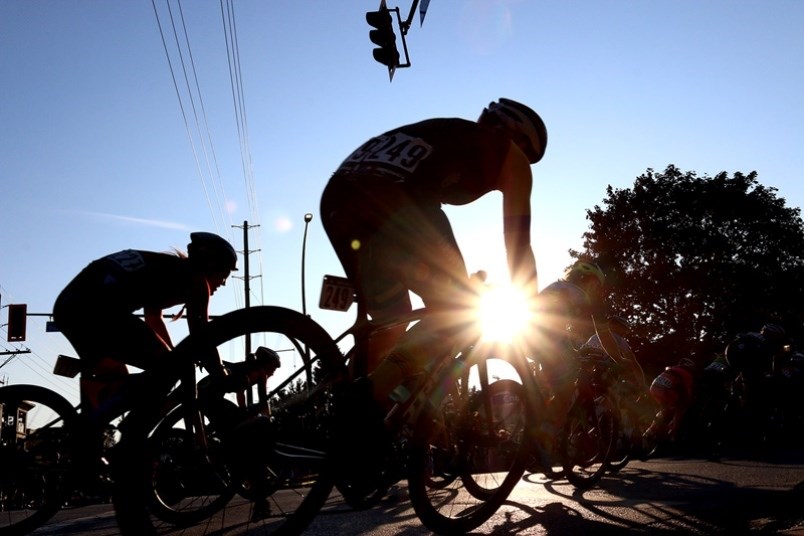There’s a difference between going by bike and going for a bike ride.
For people who are going for a ride, the trip is the trip. For people going by bike, the destination is the reason, not the journey. This simple dichotomy makes for some fundamental differences.
For one, people going by bike don’t usually wear specialty clothes. Very few people going by bike will sport lycra, special gloves or shoes with cleats on them. OK, some do. But that’s because they are subconsciously also going for a ride. You see what I am saying?
Riding for exercise is different from riding to go somewhere. People going for a bike ride often do so socially. When they learn that you cycle for transportation, they amiably ask you to join them on a ride. For most people who bike for transportation, this prospect is at worst alarming and at best strange. Strange because who phones you up to ask, “Hey let’s get in our cars and drive together to Stongs for groceries?" Alarming, because people going for a ride enjoy riding in tandem, want to talk the whole time and pedal as fast as they can. Who can keep up?
People going by bike focus on destinations. They are cycling to work, the library, the grocery store, or school – wherever they travel to do something else. Biking up Cypress Mountain Road or to Lower Seymour Conservation reserve is just not on their agenda. Unless (like some people I know) they are going skiing or hiking on arrival.
Is that commuter going to complete the famous North Shore triple crown run? Or hit the two bridges loop? Nope. At least not unless there was somewhere along the way they needed to visit. To people who bike for exercise, the transportation cyclist’s focus on destinations and getting stuff done makes for tragically short trips. Whaddya mean you just rode for half an hour? Who even does that?
Our bikes are different too. If a bike looks like it might win the Tour de France, it’s probably not a commuter.
Bikes for exercise can look like art. Carbon fibre forks, titanium shifters, dished wheels and drop bars – these things are common on bikes people use for exercise.
Bikes for transportation look more like an old Ford Ranger. Scratched frame, beefy tires, upright handlebars, a rack or platform, an electric motor assist – these things are common on a transportation bike.
We even speak different languages. If you chanced on a conversation between two people who go by bike, you might catch a snippet like this: “Hey, I bought a new cargo bike. It can carry my two kids or a full grocery load.”
A chat between people who ride for exercise might sound like this: “Do you use latex tubes? No, but I recently shaved a couple of ounces buying a new carbon seat tube and saddle.”
Some people are crossovers and can speak both languages, acting as interpreters between dialects. These folks own more bikes than pairs of underwear and are super popular. There are as many versions of two wheels as there are people, and I haven’t even mentioned mountain bikes.
We ride to get somewhere, or to become stronger, or both. Despite the differences, we are united by a common appreciation of the bicycle’s simple efficiency.
The humble chainring spins on no matter who is riding or why.
Heather Drugge is a sustainable transportation advocate who has used her bike for transportation for 20 years. She’s looking at getting an e-bike and maybe a jetpack next. [email protected].



